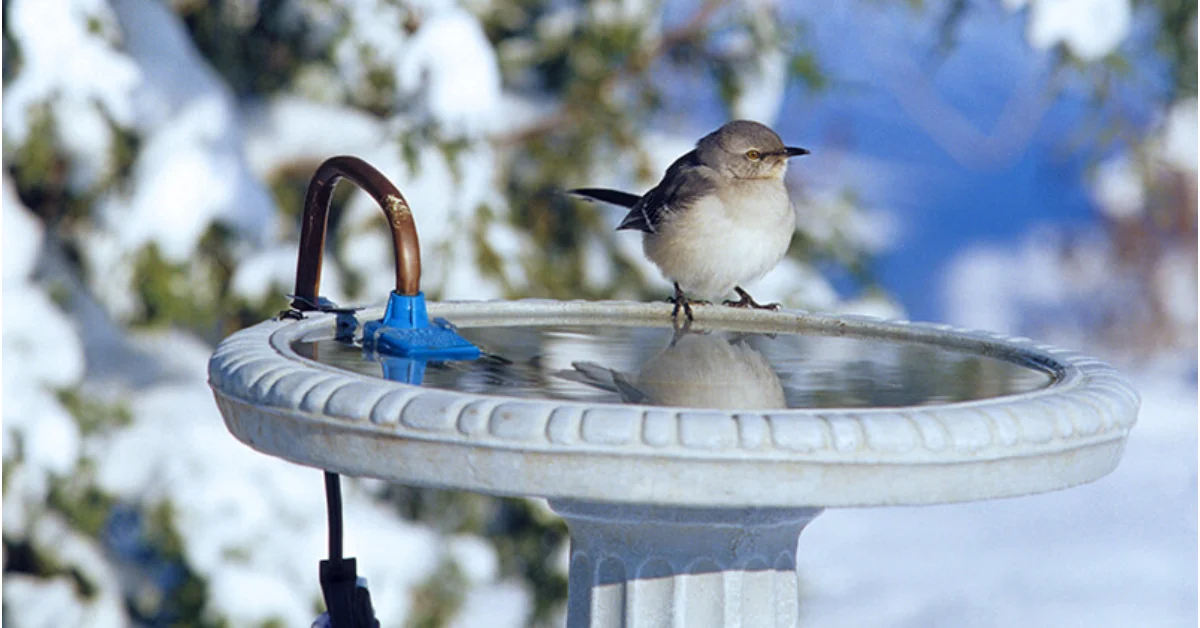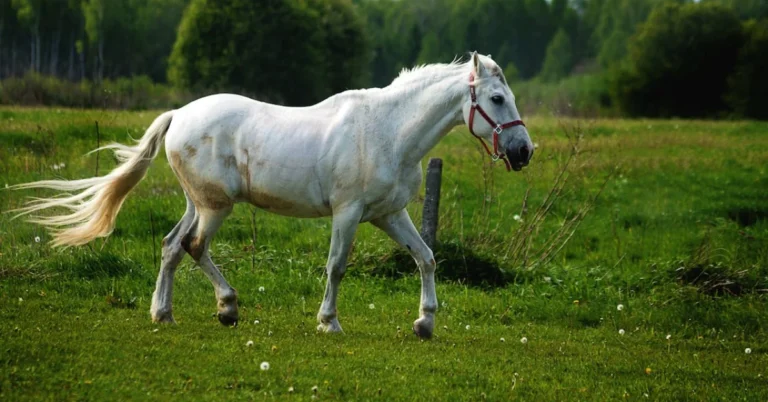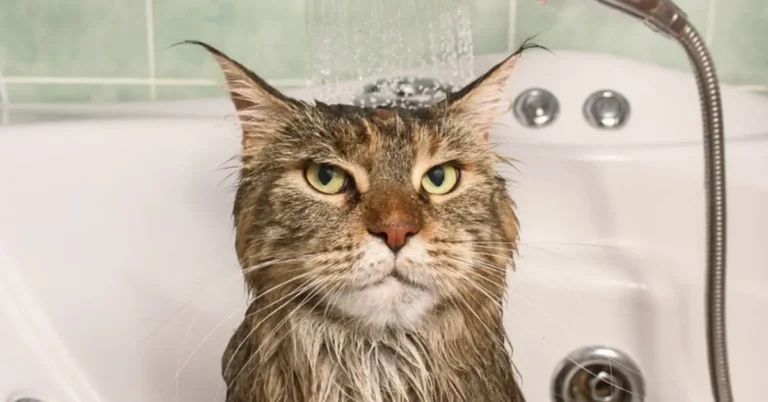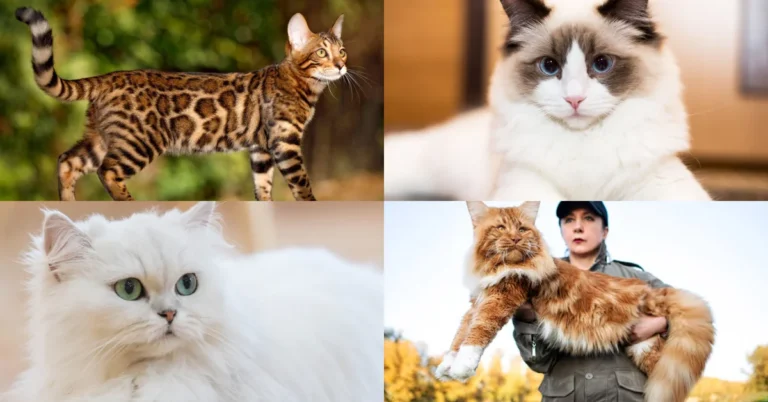As autumn’s painted leaves cede to winter’s monochromatic canvas, ensuring backyard birds survive cold spans remains top-of-mind for any wildlife enthusiast. While food and shelter prove paramount provisions during this vulnerable season, the umbrella of necessary nourishment expands beyond physical energy intake alone. Indeed, a single oft-overlooked resource offers a year-round lifeline, water.
Come winter when ponds, rain pools, and other natural water sources freeze, facilitating safe access to hydration becomes challenging for birds. Recognizing this critical seasonal gap, installing a heated bird baths, with the added benefit of thermostatic warmth, delivers an essential oasis sustaining diverse species when frigid temperatures grip the landscape. Let’s explore how these warm baths support avian health, including those with blue bird eggs, while also attracting fascinating visitors to any frosty yard.
Importance of Avian Hydration Across Seasons

Healthy adult songbirds require replenishing water equal to at least twice their body mass daily given their high metabolism and lack of sweat glands. Bathing further satiates additional feather maintenance and thermoregulation needs. Together, these uses demand reliable water sources close at hand through all seasons, just as hummingbirds fly tirelessly to meet their energy demands.
Unlike mammals with gravity-aiding drinks, birds rely on capillary action to pull water from shallow pools upwards against feathers as they preen. This process distributes hydration and oils across plumage while removing debris. Hard frozen surfaces prevent this self-grooming ritual critical for keeping insulation intact.
Additionally, by drinking and dunking breasts during hot periods, birds actively cool blood vessels concentrated under featherless neck areas. This mechanism only fully activates given appropriately adjusted water temperatures and depths to immerse ventral feathers, contributing to the overall well-being of blue birds and their eatery habits.
Overall, supplying water year-round isn’t just about preventing dehydration, but offers key support in keeping avian physiology functioning at peak capacity during temperature and condition extremes, including the vibrant blue birds in California.
Installing Bath Warmers: Types and Guidance

Seeking to establish accessible water reserves for feathered communities through winter, three primary birdbath heating options exist:
- Submersible De-Icers: These units sit immersed directly in the tub water which they perpetually maintain above freezing temperature set via built-in thermostats. Most models feature weatherproof cords and protective grilles.
- Bolt-On Heating Mats: Adhering below tubs instead of inside, these warmer pads avoid direct water contact while still transferring heat to maintain liquid states. Mats benefit larger bird baths.
- DIY Rigging: Moisture-proofed light or heating bulbs suspended over baths prevent icing, but effectiveness proves unreliable and risks accidental cracking and electrocution. Seek professional guidance before attempting makeshift set-ups.
When selecting commercial heaters for birdbaths up to 3” deep, most models between 50-200 watts suit needs. Calculate roughly 1 watt per square water inch. Adaptable thermostats allow temperature customization and add efficiency. Always check electrical demands suit power outlets, extension cords, and timers used, including those for various types of blue birds.
Maximizing Heated Birdbath Efficiency

Beyond heater capabilities alone, certain design and placement factors determine how well an electrically warmed bird bath functions both practically and aesthetically.
- Situate baths in relatively sheltered locations not facing direct winter winds which accelerate cooling and splash water faster than internal warmers replenish. Wall or tree buffers add protection while keeping cats at bay.
- Include varied depth zones from 1⁄2 inch to 2 inches catering to different species’ preferences. Most songbirds enjoy shallower spans for drinking and preening while larger avians like immersive bathing.
- Add rougher surfaces like embedded pebbles for reliable perching traction. Gradual sloping sides also enable easy exit.
- Keep baths far from bird feeders to avoid contamination and cleaning difficulties.
- Clean baths thoroughly every 2-3 days maximum to prevent unhealthy algal growth and waste accumulation which compromise water surface tension.
- Use drip trays catching overflow outside basin edges to conserve water.
- Use fountains or drippers if electricity allows since moving streams prevent total freezing between heating cycles. The sound also beckons birds.
With appropriate warming and well-designed baths installed in sheltered, safe spaces, the rewards of witnessing regular winged visitors assuredly follow.
Heated Bath Impacts: Year-Round Importance

While focus often shines on heated bird bath benefits during winter alone, closer examination unveils advantages spanning seasons. The key rests in understanding how adjusting water temperature and flow to align with seasonal shifts supports birds’ niche adaptations and needs through all climatic phases.
Spring/Summer Support
As the weather warms, decreasing heater output prevents overheating bath water. This maintains the cooling relief birds seek via splashing mid-day despite hot ambient temperatures. Fountains aerating pools provide similar evaporative chilling effects. Lower peak summer temperatures help birds conserve energy and hydration demands. Light evening heating retains comfortable yet tepid overnight water temperatures for late-night bathers.
Fall & Early Winter Uses
Gradually increase morning heating duration to ensure birds awaken to liquid baths despite dipping night temperatures. As daylight hours and angles decrease, all-day heating prevents rapid heat loss and keeps pace with cooling trends. Deeper pools allow small buoyant ice chunks which birds break themselves and avoid complete icing over during marginal freeze periods.
Coldest Core Winter Adaptation
Only during extreme sub-freezing nights devoid of solar gains do the fullest heating measures engage, sustaining liquid states. Baffles and insulation protect against wind and rapid heat loss. Lowering thermostat set points to just above 32°F/0°C prevents unnecessary energy waste. Reduced daylight hours also decrease usage. Come spring, reverse tapering reintroduces natural warming synergies.
Ecological & Observational Benefits
Beyond directly serving the critical survival and condition needs of overwintering resident birds, heated birdbaths confer conservation advantages. Migrating flocks also pass through many areas where artificial waters offer rare liquid refuge on journeys between wintering and breeding grounds.
These pools additionally provide backyard birding enthusiasts priceless windows into avian behaviors and interspecies dynamics less visible across other feeders. Courtship displays, unusual molting behaviors, and dominance displays often play out in well-lit baths for leisurely viewing. Photos and species tallies kept of visitors compile valuable local records, too.
With a bit of strategic set-up and care, heated bird baths sustain colorful wildlife animation throughout the year, yielding ecological and recreational rewards well worth the initial investment.
Specialized Design Considerations

Tapping the full potential of heated birdbaths involves tailoring models and positioning them to specific spaces and target species. Rural wooded havens differ from tight suburban niches next to windows in suitable styles. Custom crafting baths matching underlying yard character proves important both practically and aesthetically.
Material Choices
Traditional materials like painted concrete, pottery, stone, and metals grace most backyard spaces naturally and offer birds stable perching. The composite witness also works well. Avoid reflective surfaces deterring some species. Copper specifically intimidates corvids. For contemporary or whimsical looks, transparent acrylics or tempered glass bases allow observing heaters directly though may lack traction. Mossy stones and accent plants help blend basin shapes into gardens organically.
Basin Shapes
Rectangular baths maximize water volume for the same base footprint as circular bowls. However, corners often fall outside the ideal heating coil coverage range. Curved shapes minimize this effect while adding visual intrigue. Mosaic glass and seashell accents provide textural appeal. Consider etching inspirational quotes or naming your bath for added personal meaning!
Mounting Poles
Elevating bath basins atop decorative poles brings birds nearer viewing levels while securing wires out of reach. Choose stable, rot-resistant wood poles over hollow metal piping vulnerable to leaks. Include pole knobs or chains for scrubbing reach ease. Adorning poles with bird silhouettes, crystals, and ribbons ppromoteaesthetic continuity.
With creative touches personalizing baths for spaces and personalities involved, functional heated birdbaths become whimsical centerpieces embodying the harmony possible when human and avian worlds intertwine through compassionate cohabitation.
Top-Ranked Heated Bird Bath Products
Numerous commercial options exist for conveniently adding heated bird baths to yards ready to shelter feathered communities through winter’s bite. While continuously evolving product choices range widely in shapes, sizes, and tech parameters, several best-selling models’ top favorites list year to year for their durability, safety features, and design aesthetics.
Submersible De-icers

Allied Precision Premier Floating De-Icer: This ultra-safe 165-watt option floats independently while heating water evenly up to 20°F beyond ambient air temperature. The 6-foot chew-proof cord resists wildlife damage.
Farm Innovators Model C-100 All Seasons Heated Birdbath: 100 watts sustain ice-free conditions down to -20°F (-28°C) in bowls up to 3 gallons. It includes a protective cage with perch preventing wildlife electrocution.
K&H Thermodor Deluxe: Its adjustable 40-200 watt industrial strength steel housing and chew-resistant cord protect internal machinery powering Temperature-sensing regulation keeping water between 40-60°F.
Heating Mats
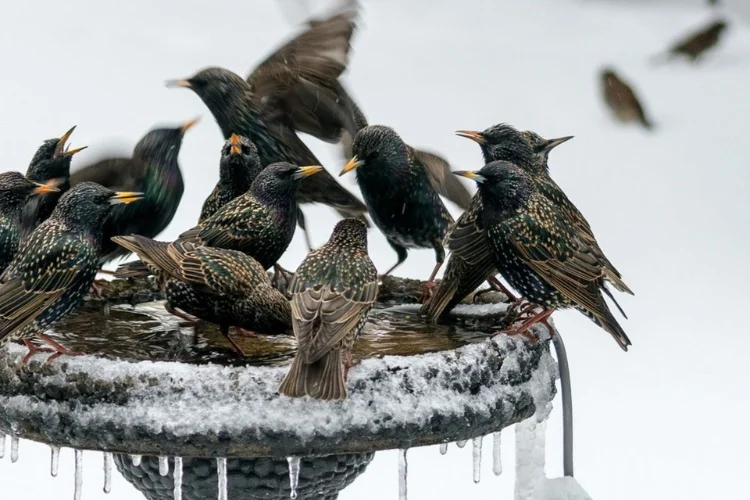
Allied Precision Premier Bolt-On Birdbath Deicer: This 200-watt heating pad adheres securely beneath standard birdbaths via included hardware, circulating warmth, and maintaining liquid conditions without risks of inline bath exposure.
Farm Innovators HBD-120 Birdbath Deicer: Suitable for 120-volt outlets, this cord-free 120-watt heating mat includes adhesive for easy external basin attachment and automatic thermostatic control between 32-42°F.
K&H Manufacturing Bolt-On Birdbath Warmer: Touted as the original bolt-on bath heater since 1994, this model offers a reliable 25-watt low output for energy efficiency and an adjustable thermostat dial maintaining desired temperatures.
Beyond standalone heating units, additional accessories further augment winter backyard bird water features. The most popular options include:
- Insulated birdbath covers trap basin warmth from lower heater coils while preventing ambient heat loss and locking out overnight ice expansion. Choose fitted styles with tight seals and air pockets or floating types mimicking lake surfaces.
- Drip trays and spill catchment reservoirs collecting bath water overflow conserve hydration and prevent slippery ice patches on the surrounding ground. Durable plastic trays often integrally mold into basin outer walls as spillways.
- GFI-protected power outlet covers and extension cords rated for outdoor winter conditions protect electrical infrastructure powering bath heating elements from moisture, chewing and weather exposure while preventing tripping hazards and wildlife electrocution risks.
While seemingly simple water dishes, heated birdbaths in practice intertwine physiology, electrical, and landscape engineering toward facilitating vital yet naturalistic spaces benefitting wild tenants and human providers alike through seasonal shifts. Their returns bloom well beyond speculative financial investments accruing in deep ecological and emotional rewards as feathered communities flourish thanks to warming hospitality during winter’s barren months.
Final Thoughts
Eye-catching among backyard landscape features yet life-sustaining in function, heated bird baths gift wild birds and their human steward’s opportunities to overcome seasonal survival obstacles together. More than just pretty novelties, tailored heated water systems provide ecological connections binding nature’s beings to one another.
Squirrels scampering nearby may share grateful glances with chilled chickadees enjoying a liquid reprieve from icy nights. Children peering out frosty windows observe spectacular splashes from sparrows’ antics, giggling together despite cabin fever. Such scenes reveal how crossing the species line toward compassionate coexistence manifests in simple yet profound acts of resource sharing.
When the construct of wildlife appears only through documentaries and zoos for many modern families, introducing robins bathing among frosted ferns directly outside back doors offers rare portals into realities of nature’s untamed worlds. Facilitating such moments forges bonds with the living landscape around any home. By keeping one common, yet easily denied element fluid for all through winter’s grip, we uphold an unspoken pact honoring the shared trials of being creatures reliant upon warmth and water’s lifeblood.

